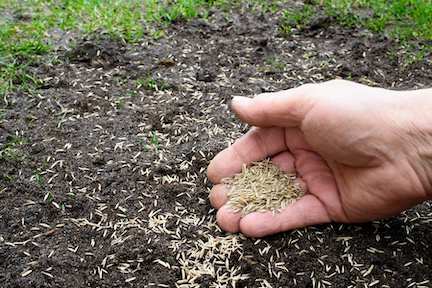
The Importance of Grass Seed in Organic Turf Care
The Importance of Grass Seed in Organic Turf Care As you implement an organic turf care program, there are many variables to consider:When should I
PJC Blogs

The Importance of Grass Seed in Organic Turf Care
The Importance of Grass Seed in Organic Turf Care As you implement an organic turf care program, there are many variables to consider:When should I

Late Summer Turf Tips for Organic Lawn Success
Late Summer Turf Tips for Organic Lawn Success As the intense July heat winds down and we head into the prime turf growing season, now
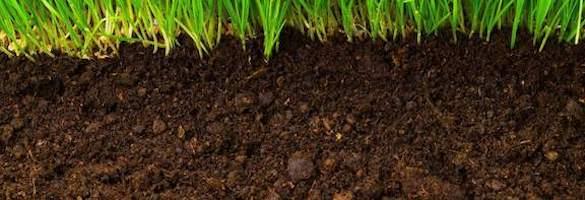
Customer Spotlight: Organic Soil Solutions Builds Healthier Lawns from the Ground Up
About Organic Soil Solutions: Pioneers in Organic Lawn Care What stands out about Organic Soil Solutions is their dedication to putting soil health at the
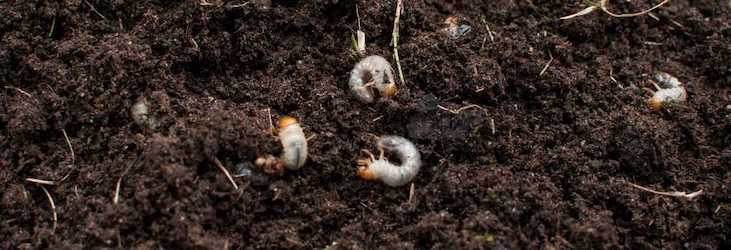
Beetle Activity Alert: Grub Season is Underway
In the Northeast, beetles are actively flying and laying eggs throughout July and into August. These beetles are the precursors to grubs, which can wreak
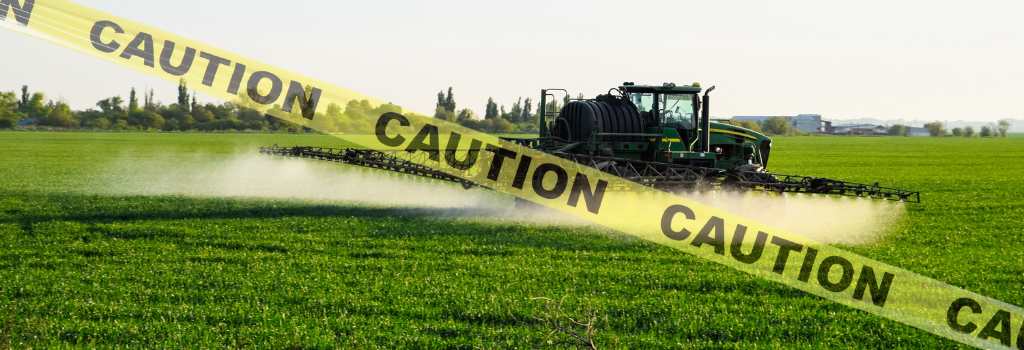
New Connecticut Fertilizer Law Bans PFAS
What Are PFAS and Why are They a Concern? PFAS, often referred to as “forever chemicals,” have been making headlines, for good reason. These chemicals

How to Distinguish Crabgrass from Goosegrass
Crabgrass (Digitaria spp.) and goosegrass (Eleusine indica) are two common summer annual weeds that plague lawns, athletic fields, and turfgrass areas. Although they appear similar,
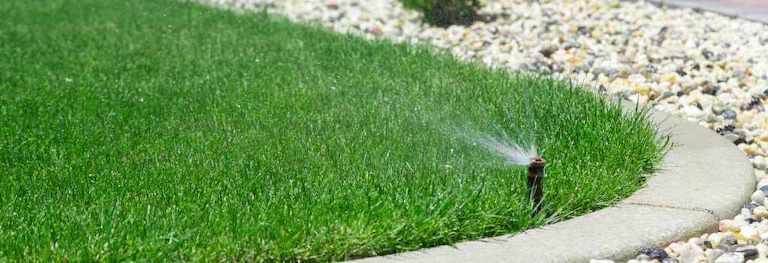
How to Water Turf Grass in Summer: A Guide to Healthy Organic Lawns
How to Water Turf Grass in Summer: A Guide to Healthy Organic Lawns Why Proper Summer Watering Matters Watering turf grass properly in the
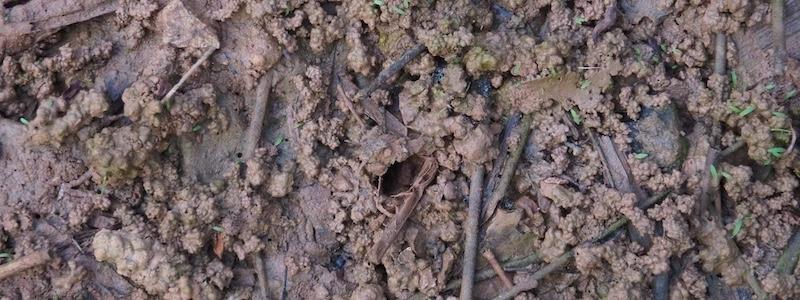
5 Common Summer Weeds That Thrive in Wet Soil (And How to Stop Them)
When scouting lawns or athletic fields for weeds, always ask yourself: “Why is this weed here?” The answer almost always lies in underlying soil conditions
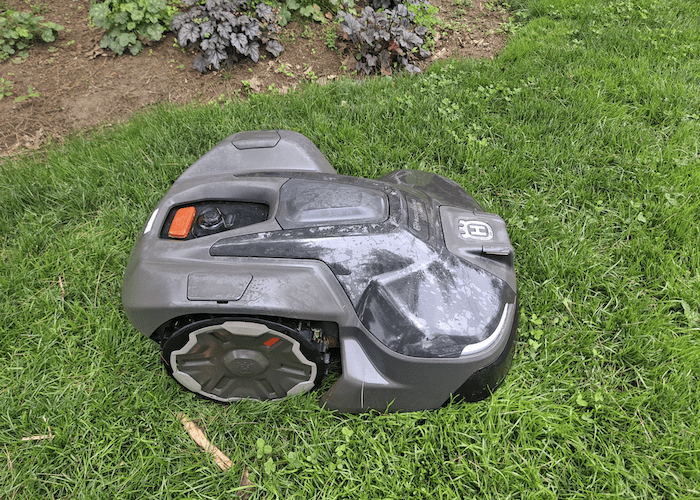
Are Auto-Mowers Changing Turfgrass Structure? New Study Says Yes.
As organic turf care evolves, so does the equipment we use to maintain healthy, resilient lawns and fields. Many are asking, are auto-mowers changing turfgrass
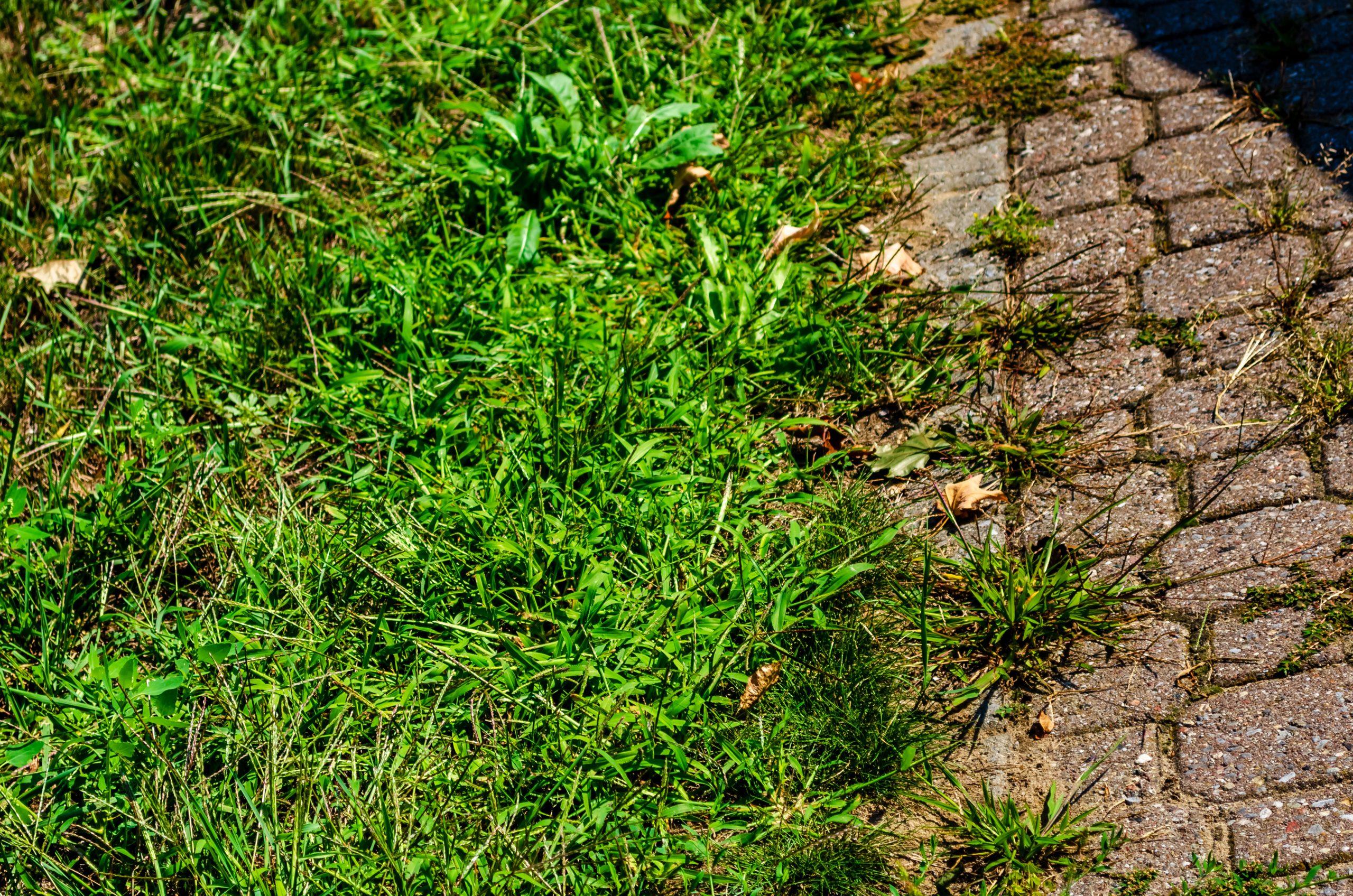
Managing Summer Weeds Starts with Soil Health
As spring fades into summer, a new wave of weeds begins to emerge. Environmental stressors—like drought and extreme heat—make it difficult for cool-season turfgrasses to